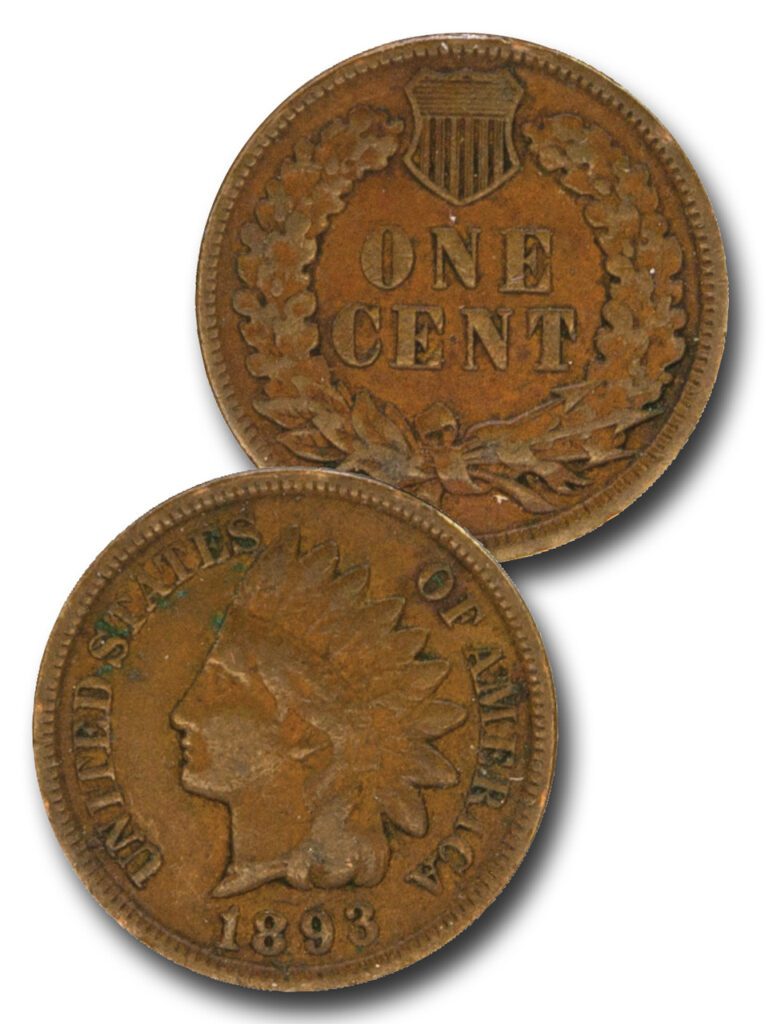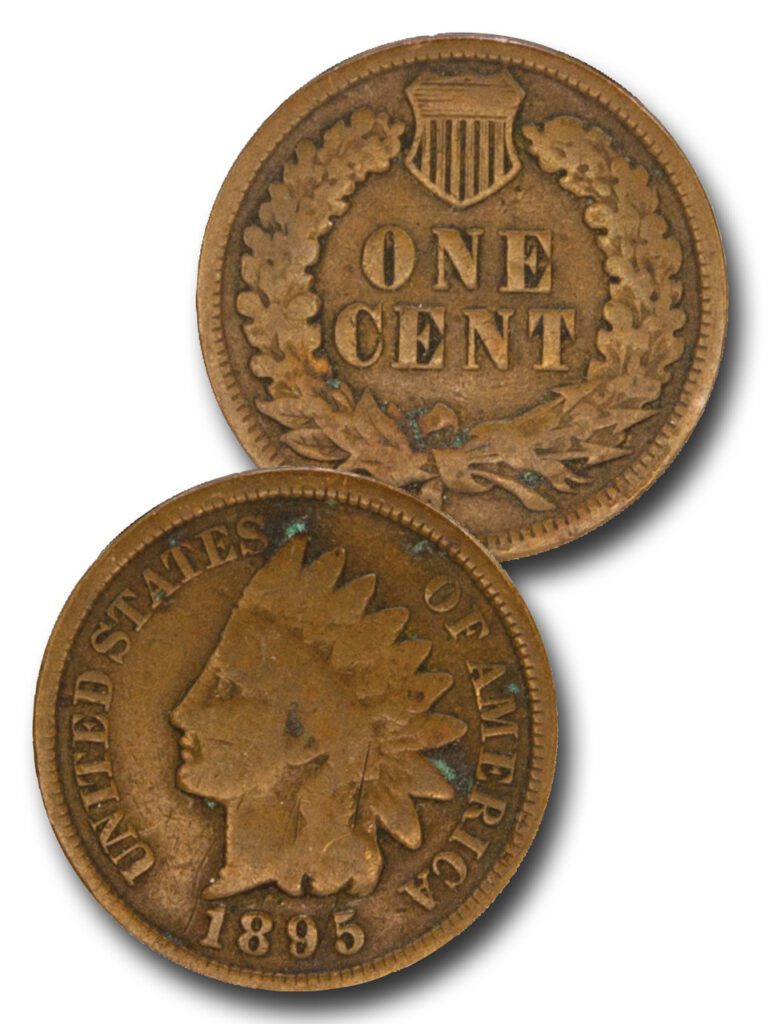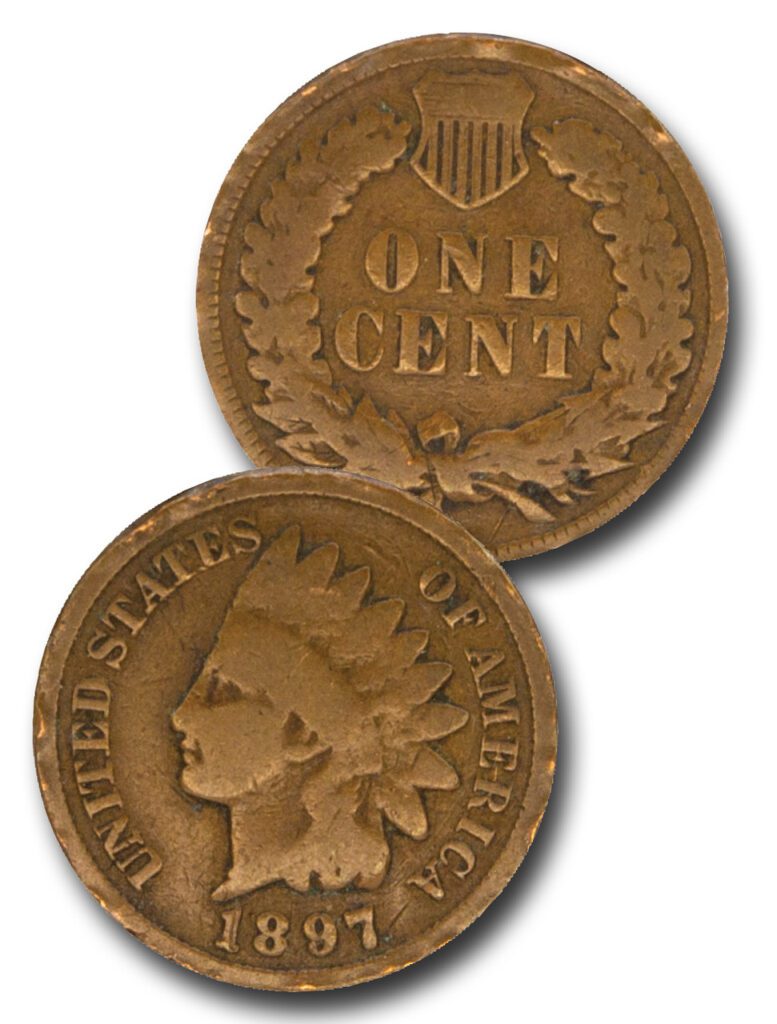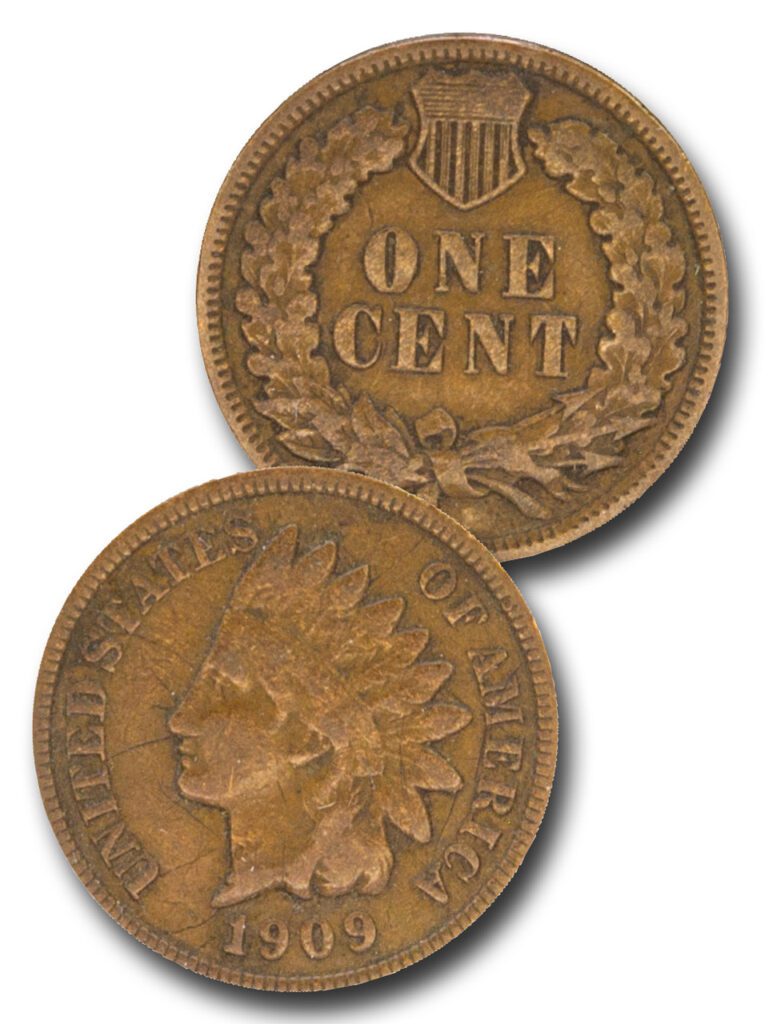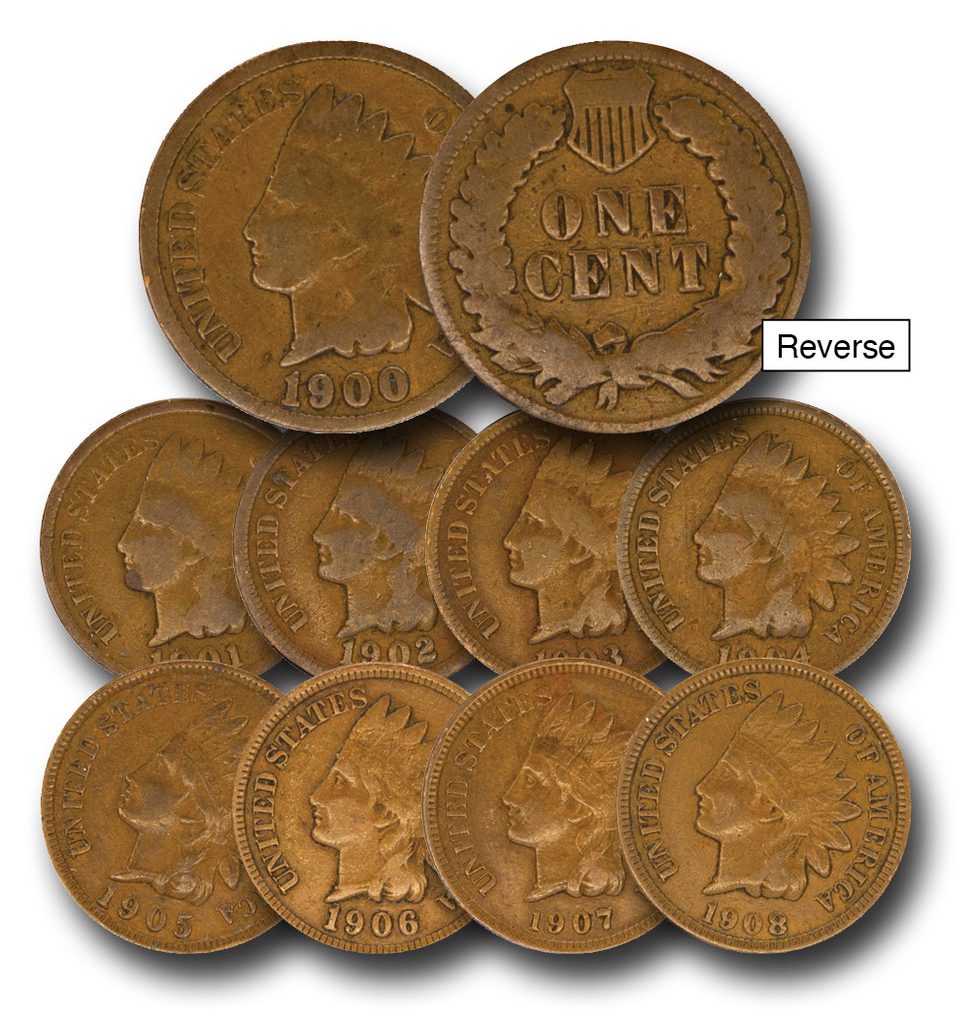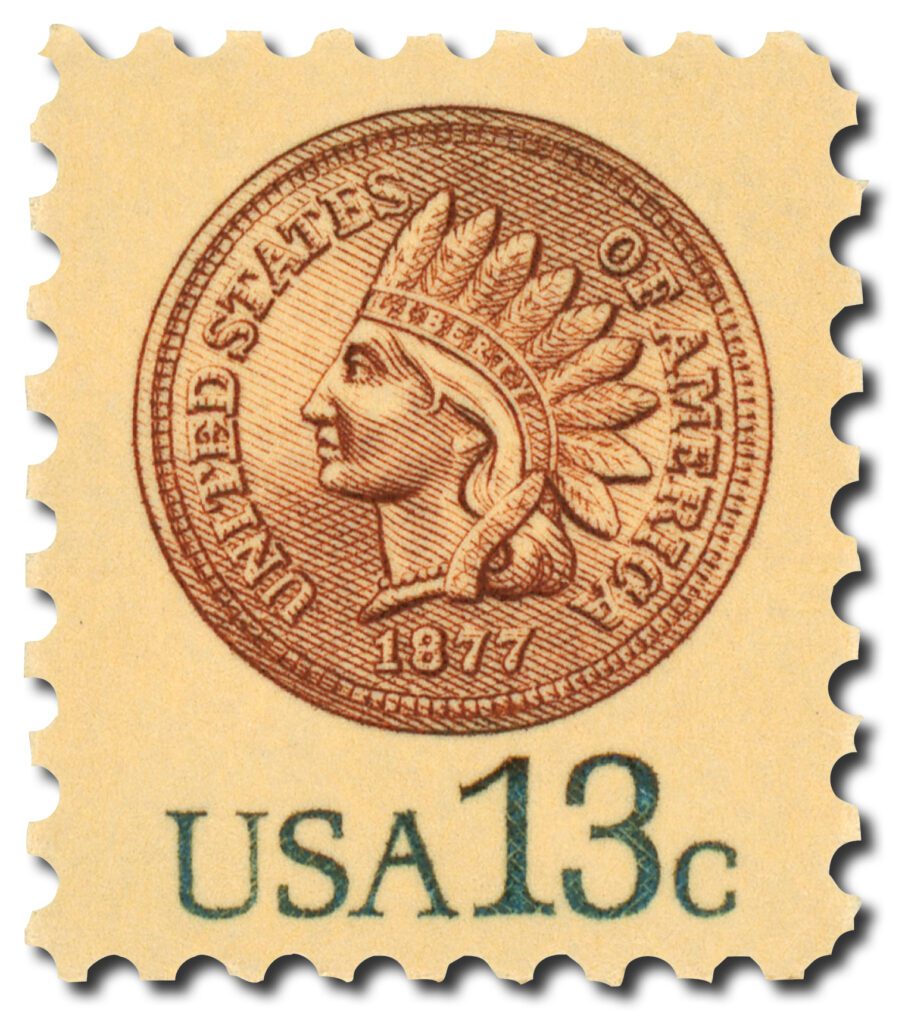Why Are Indian Head Pennies an Essential Part of Many Collections?
When James B. Longacre, chief engraver of the United States Mint, first sketched the design that would become the Indian Head penny, he likely had no idea Indian Head pennies would become one of America’s most beloved and enduring coins. Minted from 1859 through 1909, the Indian Head penny bridged the years of westward conquest, the Civil War, and the dawn of modern America—capturing the nation’s spirit in copper.
Collecting Indian Head Pennies is Fun and Popular
They’re one of the most popular US coins among beginners and seasoned collectors. Why? They’re affordable yet still historic. Many dates are inexpensive, making it easy to buy Indian Head Pennies. You can find common dates at affordable prices.
The designs are beautiful. It’s widely considered one of the most attractive coin designs. How can you argue that statement? With Lady Liberty wearing and Native American feathered headdress with a wreath and shield on the reverse, it feels classic in a way modern coins do not.
It’s a treasure hunt! You can search for tougher dates, better conditions, doubled dies, color examples…there’s always something new to search for.
Indian Head Pennies are historically fascinating. They were minted during the Civil War, Reconstruction, western expansion, and the turn of the century. Read on for more details on how Indian Head Pennies are like tiny time capsules of American life.
A New Face for the Cent
The Indian Head cent replaced the short-lived Flying Eagle cent, which had proven difficult to strike clearly. The Mint sought a design that would symbolize liberty, national identity, and pride. Longacre’s final design featured Lady Liberty wearing a Native American headdress—a blending of classical imagery and American iconography. According to a popular story, the portrait was modeled after Longacre’s own daughter, Sarah, who supposedly tried on a chief’s headdress during a visit to the Mint. However, Longacre has stated that the face was based on a statue of Crouching Venus in Philadelphia on loan from the Vatican.
Composition and Early Production
The first Indian Head cents were struck in 1859, composed of 88% copper and 12% nickel. This harder alloy gave the coins a pale, golden tone and earned them the nickname “nickels,” even before the five-cent coin carried that name. The early pieces featured a simple laurel wreath on the reverse. The following year, in 1860, the Mint revised the reverse to display an oak wreath tied with a ribbon and topped by a shield—symbols of strength and unity.
By 1864, the country was deep in Civil War and nickel was in short supply. The Mint changed the coin’s composition to a softer bronze alloy (95% copper, 5% tin and zinc), which also made the design easier to strike. That year also saw the introduction of the “L” initial—Longacre’s signature—on the ribbon of Liberty’s headdress. However, not all 1864 coins bear this mark. Early in the year, the Mint continued using the old dies without the “L,” creating two distinct varieties. Later, once new dies were prepared with Longacre’s revised design, the initial appeared just behind the last feather of Liberty’s headdress. The “L” version also features slightly sharper details and a more refined portrait.
Circulation Through a Changing America
Indian Head pennies witnessed enormous change and became woven into America’s history. They passed through the hands of Union soldiers, pioneers on the frontier, and immigrants arriving at Ellis Island. By the late 19th century, millions were produced annually, and the coin became a familiar part of everyday life. Collectors today prize certain years—like 1877, a key rarity due to a low mintage, and 1909, the final year before the new Lincoln cent replaced it.
End of an Era
By the early 1900s, the US Mint sought to modernize its coinage. President Theodore Roosevelt championed a renaissance in American coin design, leading to the introduction of the Lincoln cent in 1909 to mark the 100th anniversary of Abraham Lincoln’s birth. After 50 years in circulation, the Indian Head penny’s run came to an end—but its legacy continued, both as a collector’s favorite and as a lasting symbol of 19th-century America.
The Fun of Collecting Indian Head Pennies
There’s something undeniably exciting about collecting Indian Head pennies. Each coin feels like a small piece of history you can hold in your hand, connecting you to a time when America was still taking shape. Their 50-year run includes both affordable common dates and a few elusive rarities, appealing to collectors of every experience level and budget. Many enjoy searching for upgrades in condition, while others focus on specific varieties. And of course, there’s the thrill of the hunt—searching through old coin rolls, estate finds, and dealer tables in hopes of uncovering that perfect piece. With its classic design, rich history, and sense of adventure, collecting Indian Head pennies is a rewarding pursuit.
Did You Know?
The Indian Head penny appeared on the smallest US stamp!
In 1978, the Post Office released a 13-cent commemorative that showcased Longacre’s classic design in remarkable detail. Measuring just 17 by 20 millimeters, this tiny stamp celebrates both the artistry of the Indian Head penny and its lasting place in American history.

